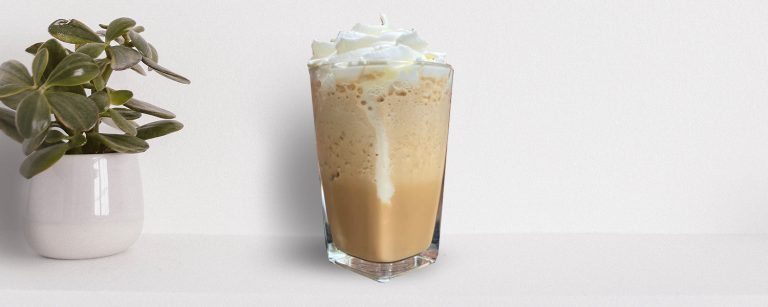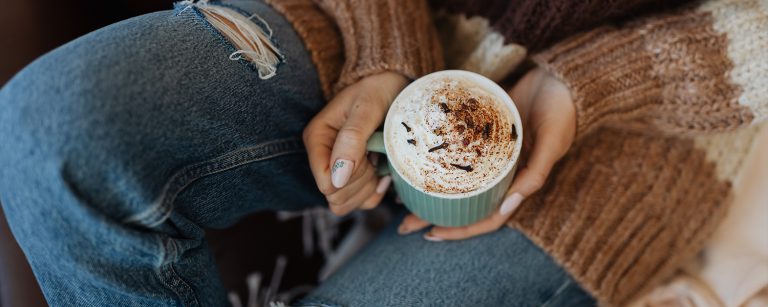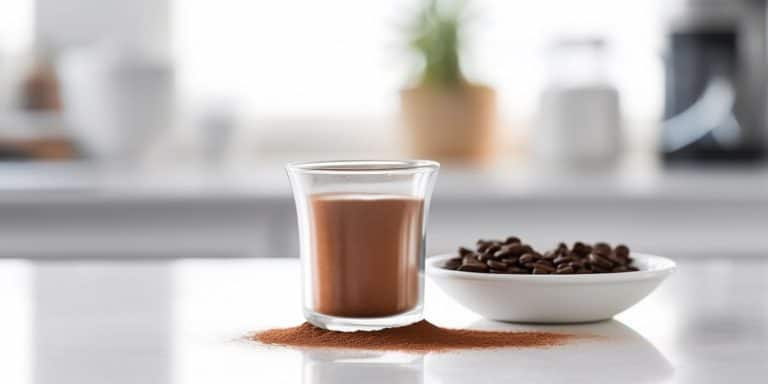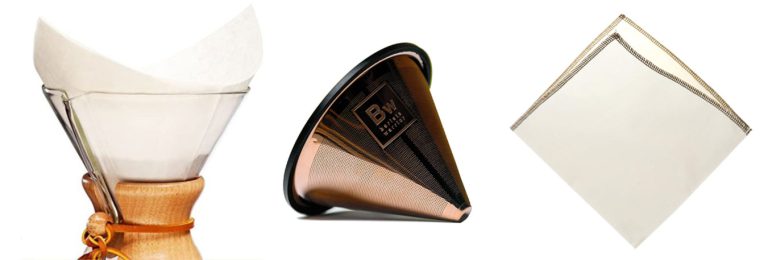How to Use a Chemex for Barista-Level Coffee
As a coffee lover, I’m always looking for new and interesting ways to enjoy my favorite brew. Chemex is definitely one of my favorites.
In this article, I’ll be taking you through:
- the basics on how to make the perfect cup of Chemex coffee,
- selecting the right grind size,
- type of roast,
- all the way down to pouring and enjoying your unique creation.
So don’t worry if you’re feeling overwhelmed – using a Chemex is easier than you think!
Let’s get brewing!
What Is a Chemex?
The Chemex is a manual pour-over coffee maker invented by Peter Schlumbohm in 1941. It has a simple and classic design made with one piece of hourglass-shaped borosilicate glass and a wooden collar to protect your hand from the heat as you pour. The brew results in a clean and evenly-extracted hot cup of coffee (but I also like making iced coffee with this brewer).
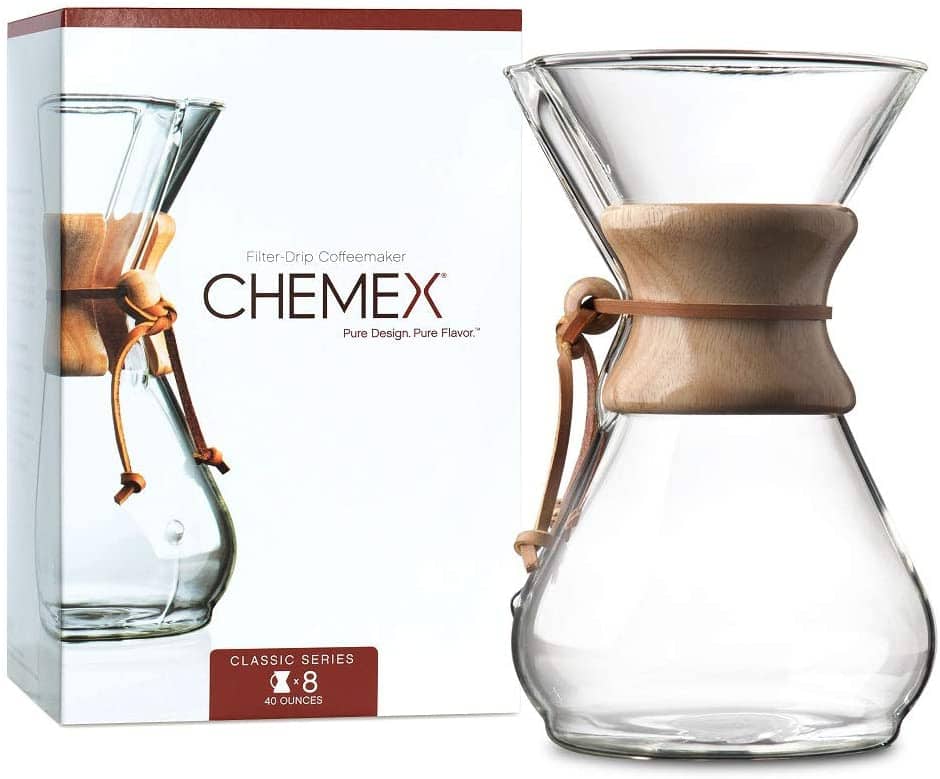
What size should I get?
The classic Chemex comes in four sizes:
- 3-cup
- 6-cup
- 8-cup
- 10-cup

The difference between each is the size of the bottom part, a.k.a. the “belly”. Aside from the amount of coffee each can hold, some say that the angle also affects the way the coffee saturates. And as you can see in the image above, the smallest-sized one has very different angles.
I think the differences are barely noticeable, though. It’s the same easy-to-use and easy-to-clean brewer.
What type of roast is best for Chemex?
I highly recommend using medium-roast coffee with a Chemex, since I find that it produces a perfect blend between the crisp acidity and bright flavor of light roast coffee and the bold taste of dark roast beans.
It’s also a great choice if you’re new to Chemex because it’s easier to move to a different roast level.
What is the best coffee grind size for the Chemex?
Medium-coarse coffee grounds are the best with the Chemex brewer.

Remember that Chemex filters are thick, which has a definite impact on your grind size:
- Using a finer grind will mean that the water will pass through too slowly and cause over-extraction.
- And if it’s too coarse, the water will go through too quickly, and you’ll barely have any flavor in your under-extracted coffee (other than sourness).
If you haven’t got one already, I highly suggest you get a coffee grinder as well.
Conical burr grinders are a great choice because they create a consistent grind, further eliminating any chances of bitter coffee.
How to Make Chemex Coffee
Before we go through each step, let’s talk about the ingredients and equipment you need.
- Chemex
- Chemex filters
- Burr grinder
- Filtered water
- Freshly ground coffee
- Digital coffee scale (optional)
- Water boiling kettle (optional)
Let’s take a quick second to talk about the scale. It isn’t absolutely necessary, but brewing specialty coffee at home is easier with it. It allows you to use balanced coffee-to-water ratios, which is how you’ll get consistently great cups with each brew.
The same goes for an electric kettle. Using a gooseneck kettle will make your job a lot easier with Chemex, and all other pour-over coffee brews.
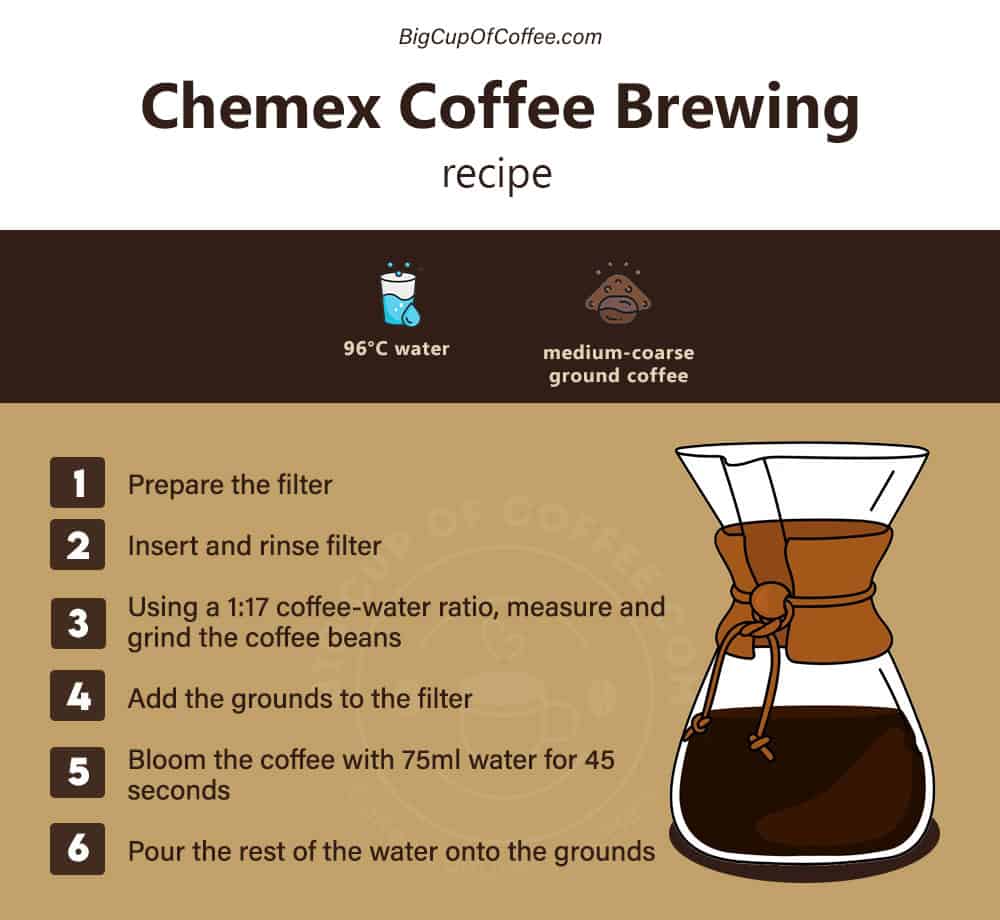
Step 1: Prepare the Filter
Take the Chemex paper filter and
- fold it in half twice,
- then unfold it so one side is one sheet thick and the other is three sheets thick.
Place the filter in the Chemex brewer with the three-sheet side facing the spout to prevent an airtight seal.
Step 2: Insert and Rinse the Filter
Before brewing, rinse the filter thoroughly to avoid a papery taste in the final product. This also warms up the Chemex.
Swirl the water around a bit to warm the glass, then discard the water before you continue.
Step 3: Measure the Coffee Beans
Use a brew ratio of 60 grams of coffee per 1 liter of water, which is a 1:16.67 coffee-to-water ratio.
For this recipe, we’ll be using 30 grams of coffee for 500 ml of water.
Grind the coffee on a medium-coarse grind setting. The grind size is important, so you’ll want to keep this consistent.
Step 4: Add the Grounds
Place the ground coffee in the filter and shake the glass gently to level the grounds.
Now create a small well in the center with a spoon, where we’ll add the bloom water.
Step 5: Bloom the Coffee
Place the Chemex on a barista scale and press the tare button. As I mentioned, having a scale is not an absolute must, as you can just measure the water volume prior to pouring.
Start your stopwatch, and add 70 ml of bloom water at 96° Celsius. Swirl the Chemex gently until all the grounds are wet and there’s a uniform slurry. Allow it to sit for up to 45 seconds to degas and bloom.
Step 6: Start Pouring
Slowly pour the remaining water into the Chemex, starting from the center and spiraling outwards. This is where a gooseneck kettle really comes in handy.
You need to pay attention to a few things here:
- Be sure to pour evenly and not to agitate the grounds.
- Don’t pour onto the filter, only onto your coffee grounds
- You can’t pour all of the water into the filter in 1 go, since the filter holder is not high enough.
Pour until you are about 1 cm below the rim, stop to wait for the water to drip through, and continue when there is room again.
Step 7: Enjoy Your Coffee
Once all the water has been poured, the coffee should be ready in about 4-5 minutes. If it is much quicker (<3 minutes), your grind was too coarse. And the reverse is true as well. If it was much slower (>5 minutes), your grind was too fine.
After I remove the filter, I always take a moment to swirl the coffee in the Chemex around. It is a beautiful sight in this brewer.
Now pour it into your mug and enjoy the smooth and clean flavor that Chemex coffee is known for.
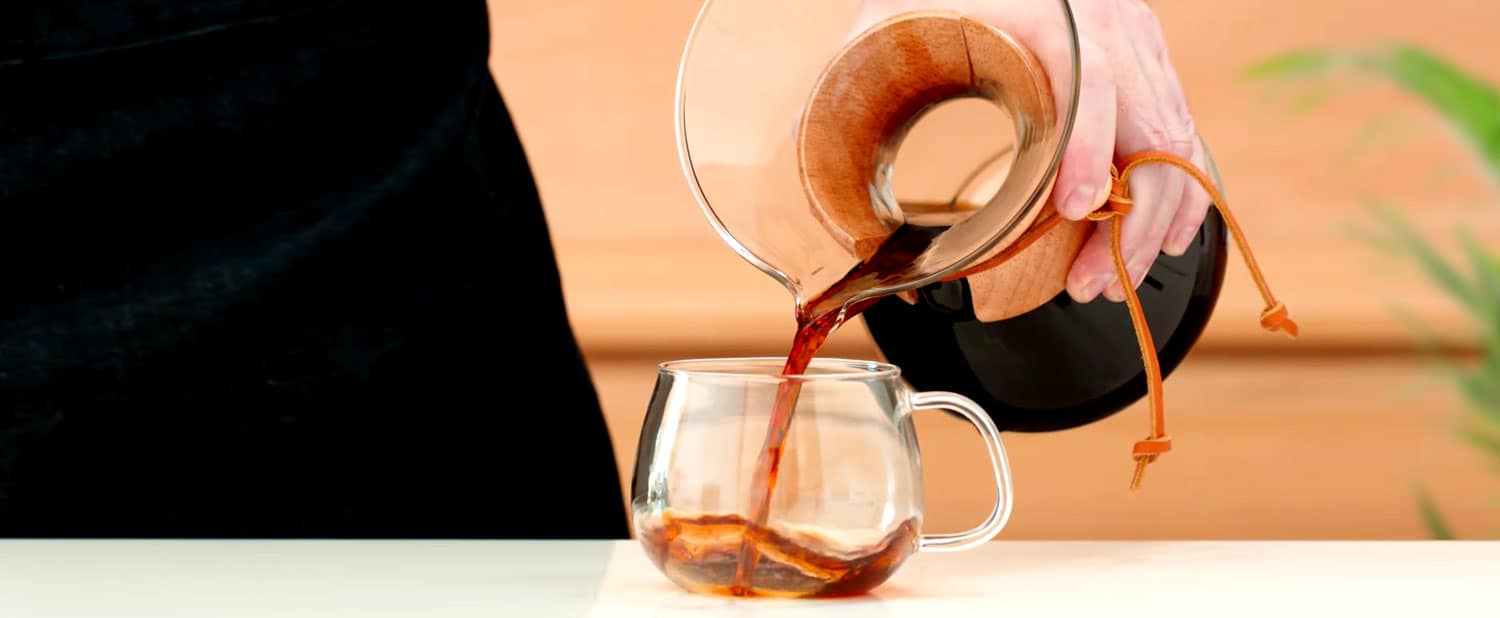
Best Chemex Recipe
Ingredients
- 30 g medium grind coffee
- 500 ml water at 96°C
Instructions
- Prepare the filter
- Insert and rinse filter
- Measure and grind the coffee beans
- Add the grounds
- Bloom the coffee with 75ml water for 45-60 seconds
- Pour the rest of the water onto the grounds
Video
Notes
- You can alter the coffee and water amounts, just stick with the 1:17 ratio.
- Clean the Chemex and dry it after use.
Cleaning a Chemex: Keeping It in Tip-top Shape
Don’t forget to clean your Chemex to maintain its performance. Here are some of the ways to keep that brewer shiny and free from unwanted elements that can interfere with the extraction of your Chemex coffee:
- Soap and Water: Use mild dish soap and lukewarm water for routine cleaning after each use. Swirl water and soap in the Chemex, rinse thoroughly.
- Ice and Salt for Deep Cleaning: Fill the carafe halfway with ice cubes then add a teaspoon of salt and a bit of water. Swirl for 2-4 minutes to remove stubborn residues, then rinse.
- Baking Soda for Oil Residue: Dissolve a teaspoon of baking soda in warm water, swirl, let sit for an hour, and rinse.
- Vinegar for Mineral Deposits: Mix lukewarm water with white vinegar, let sit for 10 minutes, scrub, and rinse.
- Dishwasher Method: Remove the leather strap and wooden collar, rinse the Chemex, place it in the dishwasher ensuring it’s not obstructed, and run a normal cycle.
For more details, here’s a complete guide on how to clean your Chemex.
Is Chemex the same as drip coffee?
Making coffee with a Chemex is best for those who enjoy a smooth, clean-tasting cup but are okay with the lack of body in their coffee. Based solely on the process, a lot of people make comparisons between Chemex and drip coffee.
The main difference comes from the paper filter being used.
Chemex filters are unique in that they are some of the heaviest filter papers you’ll see in brewing. It removes much of the body, which also clears impurities and most of the bitter elements of your drink.
Drip coffee, on the other hand, uses a standard filter which allows most of the coffee oil and natural sediments to still go through. Naturally, it’s going to brew faster and produce heavier coffee.
Conclusion
Now you know how to brew coffee with a Chemex, from grind size and ratios to technique.
All that’s left is to try it for yourself.
Please let me know how it went below!

